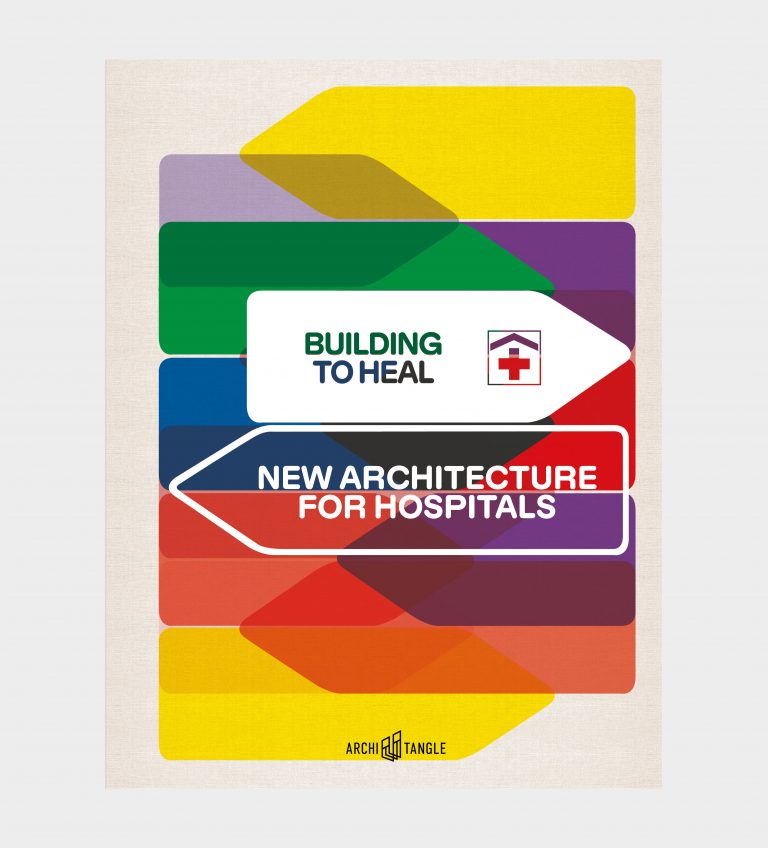ARCHITANGLE. NEW ARCHITECTURE FOR HOSPITALS

Building to Heal: New Architecture for Hospitals examines the hardships and major challenges faced by the hospital system today and presents innovative models and solutions in healthcare architecture. Through critical, scientifically based discourse, a variety of authors examine healthcare systems and hospital architecture, what hospitals are missing, and how architecture can contribute to the healing process of patients. The publication answers these questions in three comprehensive chapters based on the medical process: “Symptoms,” “Diagnosis,” and “Therapy.” The introductory section describes the symptoms of the “sick house” and spotlights the urgent need to take these problems seriously in the contexts of both society as a whole and architecture. In the second section, experts from psychology, medicine, and the related sciences, as well as from architectural theory and philosophy, take a diagnostic look at the complex causes that lead to the “diseased house.” The third section presents seven “active ingredients” or scientifically investigated environmental variables for successful therapy, incorporating tools from evidence-based design. Finally, thirteen international case studies show how the conscious use of environmental variables leads to a hospital architecture that promotes healing. Building to Heal: New Architecture for Hospitals bridges the gap between the ever-growing expertise on healthcare architecture and the urgent need for planners, politicians, and the public to pay attention to one of the most important issues in architecture today: health.
With contributions by: Ercan Altinsoy, David Freis, Michal Gath-Morad, Linus Hofrichter, Julia Kirch, Joy Knoblauch, Gemma Koppen, Lukas Kunz, Torsten Lange, Andres Lepik, Paul Lillrank, Helene M. Loos, Lisa Luksch, Reinhold Messner, Jonas Niemann, Beate Rössler, Lars Steffensen, Tanja C. Vollmer, Marc Wittmann.
Tanja C. Vollmer in an interview with Roger S. Ulrich
